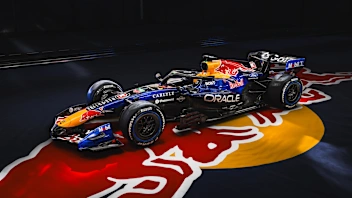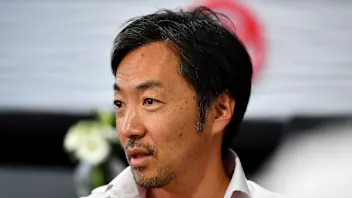In just over six months’ time, Gene Haas’s eponymous Formula One team expects to be making its Grand Prix debut in Australia, with a new Ferrari-powered car and a driver line-up boasting previous F1 experience. But how do the American squad plan to succeed where other recent newcomers have failed? We spoke exclusively with team principal Guenther Steiner to find out…
Q: Guenther, what is the beauty of entering Formula One racing with a new team at a time when even some established names are finding things tough?
Guenther Steiner: Ha, we believe that we have such a good plan in place. And for those teams that are struggling, there must be reasons for it. We came up with a different plan that has a strong focus on collaboration with somebody established, and therefore we don’t start from zero. Of the teams that came into the sport in the last decade only one is left, so we thought it through and came up with some quite different ideas. We don’t want to do everything ourselves, so we came up with ‘our’ plan. Of course now we have to prove that it works, but we are definitely we are not afraid of entering a challenging and difficult environment. I believe that if we stick to our plan, we can prove ourselves and also encourage others to come in - with a different approach. You cannot do more of the same if the recent past has shown that more of the same doesn’t work. Our plan was decided four years ago - and we still stick to it. Mr Haas knows what he is doing.
Q: You say that you won’t be doing everything yourself and we know already that you have a collaboration with Ferrari. How far down the road are Haas to becoming a customer team?
GS: It is difficult to say percentage-wise, but it is going in that direction. But don’t get me wrong, we still build our own chassis and bodywork. But it will be different. It is a bit like road car manufacturers: they all work together and many use the same platform, but everybody keeps their own identity. Times have changed: now nobody cares where you get your steering racks from or your brake pedals. But then I also agree that plain customer cars could be dangerous because you might end up with too many of the same cars - because everybody, of course, wants the best car. But if you do your aero development yourself it is a good compromise at the moment.
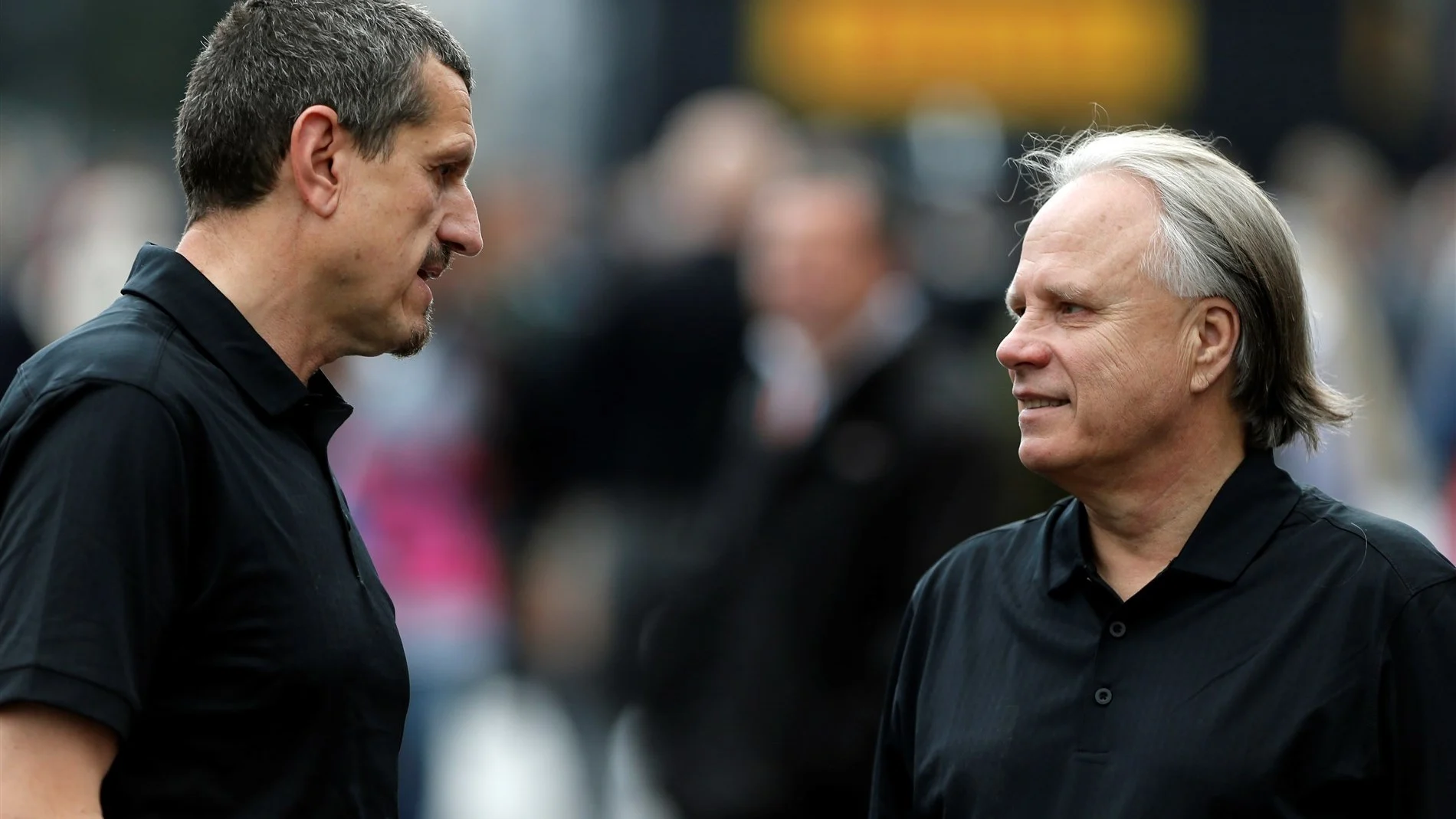
Our plan was decided four years ago - and we still stick to it. Mr Haas knows what he is doing.
Q: You just said that your plans for 2016 were decided four years ago - but now you face significant rule changes for 2017, meaning your car is only good for one year. Had you known about these changes beforehand, might you have thought twice about the 2016 entry?
GS: I don’t think that it would have changed our decision. It is always risky to jump into cold water - and you have changes here permanently. So you might find out that probably 2017 is not so good, so why not make it 2018? No, that was not for us. We’ve made our plan - we want to be here, so no second thoughts. And regarding the 2017 changes, they are still not official yet. Let’s say ‘half official’ - but of course you start to plan. Everybody has to get ready for that if it happens - and no, it doesn’t create a problem for us.
Q: Starting a team from scratch is a big ask, as the likes of HRT and Caterham learnt to their cost. What are you doing differently?
GS: The crucial thing is that we work together with somebody and buy all the stuff that is allowed by the FIA regulations. That is the big difference. That is the only way that Mr Haas and I believe you can pull it off - and not like the teams that you have just mentioned. Theirs was a concept that was not feasible - you run out of either passion or money.
Q: How crucial is the Ferrari connection? Is it the only option that allows you to have F1 dreams?
GS: No, there could also be other options. Mercedes was an option. We spoke with them as well, but Ferrari came out as the better option - so we go with Ferrari. We know that nothing is forever - but right now we hope that it is forever.
Q: Basing a team primarily in the United States - how do you imagine that working? On paper it might look logical, but in a few months’ time you will have to live with the connection between Kannapolis and Banbury…
GS: The headquarters is in North Carolina - the administration, CFD and machining; in the UK we will have the race team; and in Italy the design and aero department. We are running out of three countries. Sure, not the easiest thing, but doable - and technology helps a lot. For sure it would not make sense to run the race team out of the US, so we needed a European base.
Q: Driver line-up must be pretty high on your agenda in the near future. What are you looking for, and how many are in the picture?
GS: I don’t want to drop names at this time, but we’re pretty confident that by the end of September we will announce at least one driver. We are negotiating with two of them, but nothing is done. We are very close to some drivers - and at the end of September we will come forward. It is good to get another box ticked!
Q: Shouldn’t an American team have an American driver?
GS: There is nobody out there at the moment. Yes, there are drivers in GP2 and Formula Three, but having a rookie in a new team… that is difficult for both sides. The potential of such a partnership failing is pretty high. So at the moment we’d rather not be looking at that avenue, because you are also not helping an inexperienced driver - he could be burned in one season. We are new, so we need a known quantity in the team.
Q: From a US team’s perspective, would you advocate more races in the US?
GS: Of course. The US is still the biggest economy. But it needs to be good venues. Why not on the west coast in the San Francisco-Los Angeles area, or the northeast with the New York-Boston area, and maybe Miami.
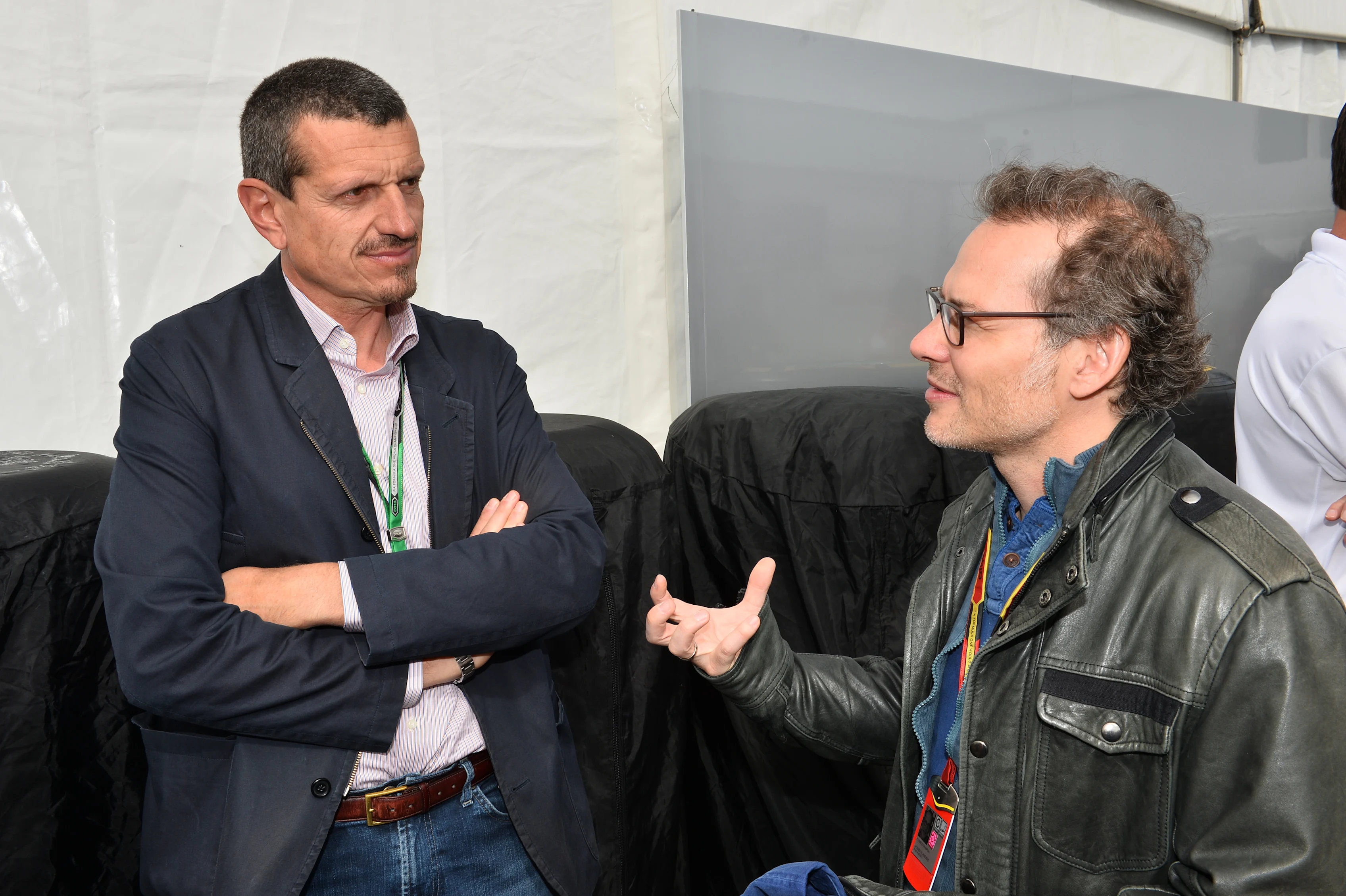
We are new, so we need a known quantity in the team.
Q: Can you draw us a picture of how the coming months look for Haas?
GS: In the next few weeks we start manufacturing the chassis - we are in the Ferrari wind tunnel anyway every second week. We will announce our driver at the end of September and in October we will put in our entry at the FIA. We do have a license, but now we need to officially enter. In the next couple of weeks we will have finished the rebuilding of the old Marussia factory. Our pit equipment is rolling in - we have bought everything new or got it custom-made - and the people for the race team are joining. It is growing with every day. In January is the FIA crash test. So yes, a very intense time.
Q: How many people will there be on your payroll?
GS: Around 200 between all the three locations.
Q: That is a pretty slim headcount…
GS: Yes, but we buy a lot from Ferrari where we do not have to lay hands on.
Q: What you just have explained sounds like the philosopher’s stone for many teams, including potential new entrants…
GS: I think that if our plan works out the way we want it, it could be a model for somebody to copy. Right now everybody is scared to come into F1, but maybe we will inspire them to say, ‘Hey, it’s doable!’ We are not dreaming of (immediately) winning, but of being respectable in our performance - and that could stimulate others.
Q: You will be Haas’s team principal. How do you prepare for that task?
GS: I have been here before. We will stick to our plan and that should be it.
Q: Mr Haas is a very successful entrepreneur. He wouldn’t let this project fail, would he?
GS: Definitely not - nobody wants that.
Next Up

.webp)
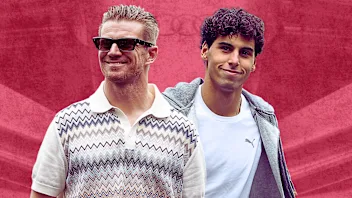
/SI202601151081.webp)
